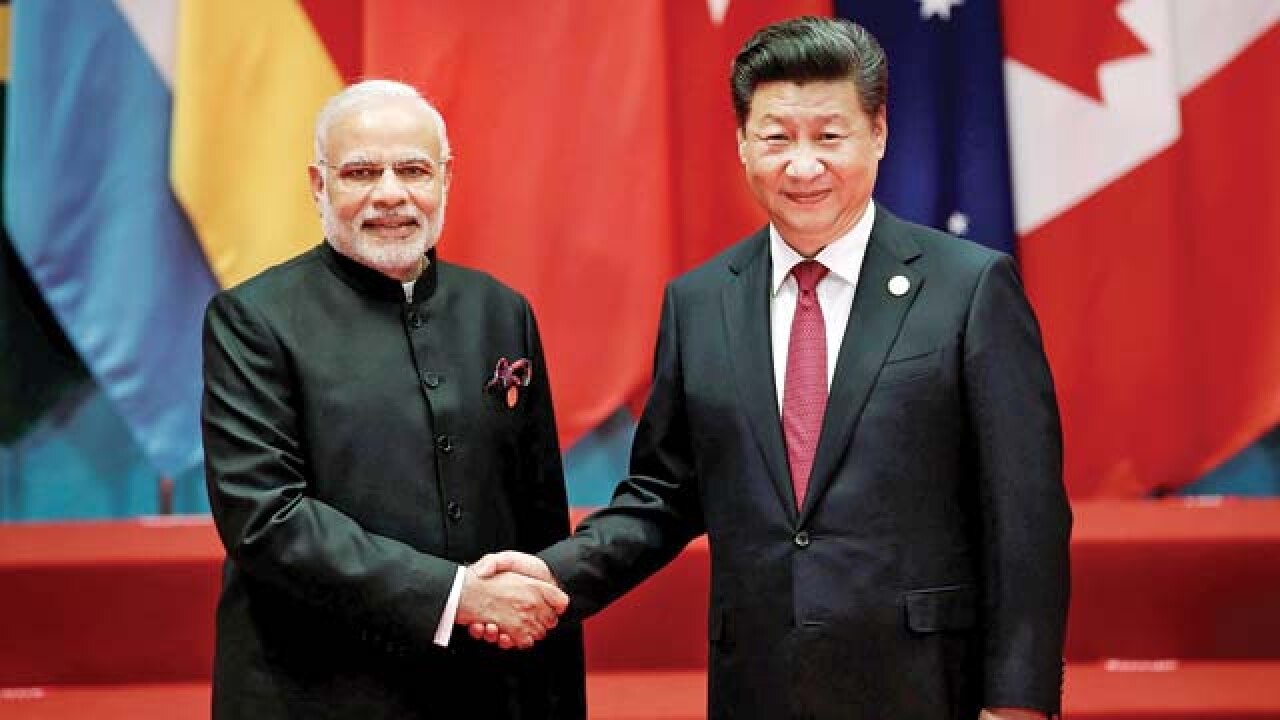
The revival of the Silk Route through China’s One-Belt One-Road (OBOR) project, coupled with US President Donald Trump’s scrapping of the Trans-Pacific Partnership (TPP) agreement should prompt Indian policymakers to reassess the dependence on the US and robustly push an Act East policy and an outreach programme to Central Asian nations. Barack Obama had outlined a pivot for rebalancing Asia by entering into the TPP that would have given a sheet-anchor role to India and Japan. While China has used the proximity of its border provinces to connect with neighbouring countries through the OBOR — its most ambitious economic and foreign policy initiative, there is a case for India also to revive its cotton and spice route. GV Srinivas, Joint Secretary (Eurasia), who looks after the Central Asia desk at the Ministry of External Affairs recently drew a remarkable commonality between India and Central Asian Republics that includes Tajikistan — that is the production of cotton. “Unfortunately there is little dialogue and coordination between India and Central Asian Republics as cotton producers,” he said. He suggested that there could be a ‘Cotton Route’ connecting India with the region, an effective answer to China’s ‘Silk Route’ plans.
Like China, India can also use its peripheral states like Kerala to connect with West Asia, Odisha to seek forays into Indonesia, Thailand and Myanmar, Gujarat to seek pastures in Africa, and Jammu and Kashmir to reopen historical linkages with Central Asia. Odisha and Indonesia share age-old historical and civilisational links. People of Kalinga were the pioneers in Indian colonisation of East Asia. A three-day Kalinga-Indonesia dialogue, organised by Kalinga Foundation in association with Indian Council for Cultural Relations, recently found that the two lands shared many similarities. Indonesia awarded its highest civilian honour ‘Bhumiputra’ to the late Biju Patnaik for his daring air rescue of nationalist leader Sultan Sjahrir during their freedom movement.Similarly, there is a case for reviving the connectivity for Kashmir as well. Till the early 20th century, the region was a connecting link between South and Central Asia. The unhappy turn of affairs in its history has made it landlocked, severing its traditional and entrepreneurial connections, making it a major source of feeding the sense of insecurity, alienation and siege mentality. While the sufi traditions of Kashmiri Islam, denoting liberalism, moderation and pluralism are feted, the fact that the intellectual linkages of this tradition with Central Asia have been snapped for over decades is overlooked. In the Kulob province of Tajikistan, the founder of Kashmiri Islam Sufi saint Mir Syed Ali Hamadani (popularly known as Shah Hamadan) has rested for over six centuries now. The veneration that Khwaja Moinuddin Chisti’s dargah in Ajmer has among other South Asian Muslims, such sentiments of Kashmiri Muslims lie with Shah Hamadan’s masoleum in Kulub.
The poet-scholar saint also introduced unique handlooms, arts and craft, architecture, cuisine and culture for which the state is even now famous for. Among hundreds of followers who accompanied him to Kashmir, were men of arts and crafts who flourished in the Valley. They popularised shawl-making, carpet-manufacturing, cloth-weaving, pottery and calligraphy. When the UNESCO celebrated the 700th birth anniversary of Hamadani last year and Tajikistan issued a currency note to honour him, India made no such effort. It is high-time to reconnect both regions emotionally, ideologically and through economic means. In a significant suggestion recently, chief minister Mehbooba Mufti pitched for building a corridor between South Asia and Central Asia with Jammu and Kashmir (J&K) as its ‘nucleus’. The oil and gas resources of Central Asia are the nearest and most economical answer to South Asian energy needs and J&K can help foster energy cooperation in the region. This will create favourable conditions for J&K to play its natural role of connecting the two emerging economic zones and lift itself out of political and economic fragility. The trans-Kashmir corridor, with diverse sub-corridors could be symbolic of relative peace, prosperity, cross-cultural and ideological fertilization and human security as it was, till the early 20th century.
The author is Editor - Strategic Affairs, DNA.